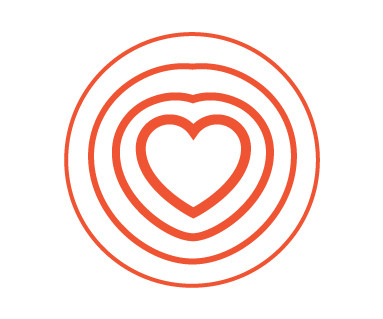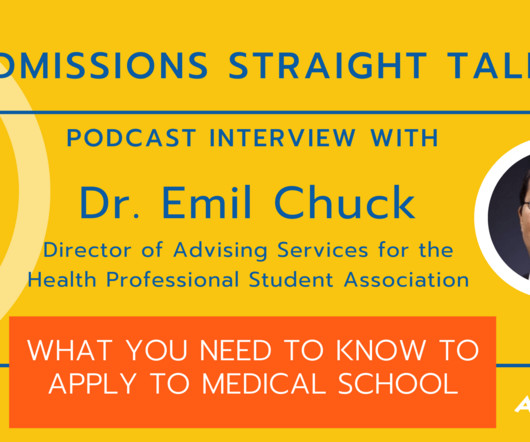Nursing Leadership: What Is It and Why Is It Important?
Relias
JUNE 6, 2024
Every nurse has the potential to lead, whether on the front line, in their unit, or as a resource for others. Good nursing leadership improves patient outcomes, reduces medical errors, and improves staff retention — benefiting patients and healthcare organizations. But the goal is clear.














Let's personalize your content